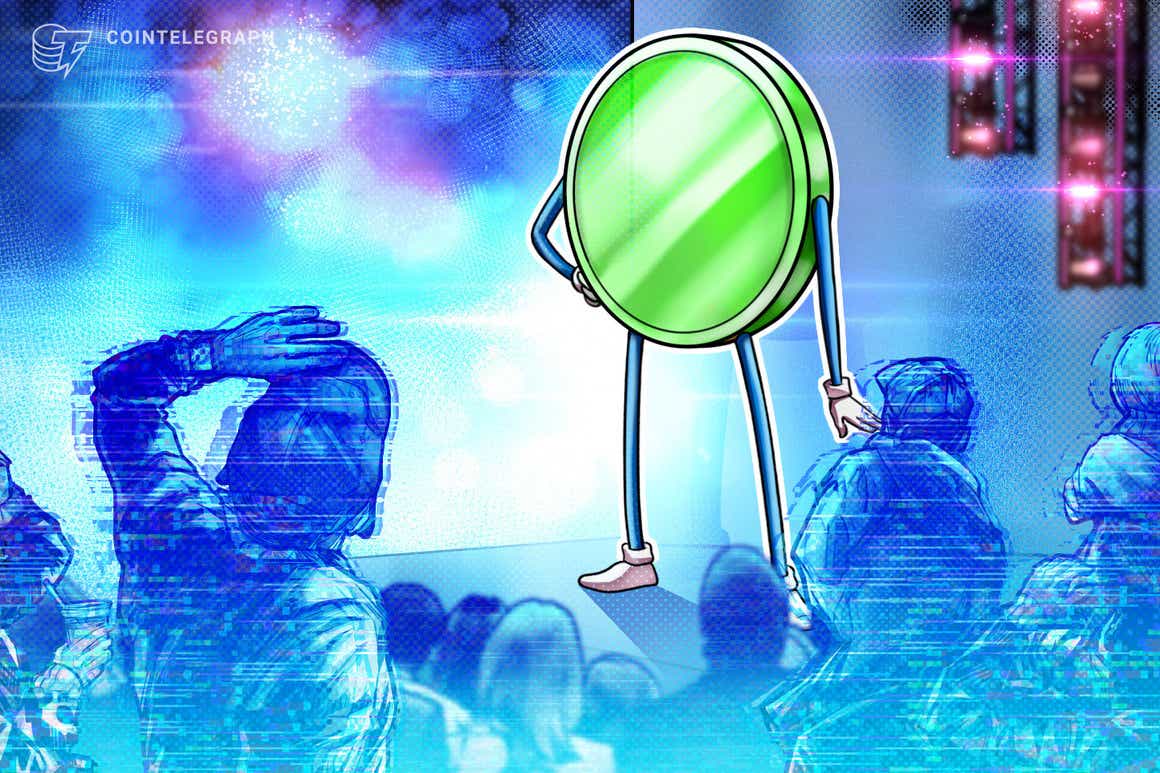The Metaverse may be an emerging concept, but the impact that virtual game-like worlds can have on the trillion-dollar retail industry was recently de
The Metaverse may be an emerging concept, but the impact that virtual game-like worlds can have on the trillion-dollar retail industry was recently demonstrated during Metaverse Fashion Week (MVFW). This entirely virtual experience was held from March 24–27, 2022, in Decentraland, a decentralized virtual social platform on the Ethereum blockchain. The online event attracted more than 70 brands, artists and designers including big names like Tommy Hilfiger, Estée Lauder, Philipp Plein, Selfridges and Dolce & Gabbana.
Gigi Graziosi Casimiro, head of Decentraland’s Metaverse Fashion Week, told Cointelegraph that MVFW is a diverse event aiming to connect physical and digital fashion with traditional brands and new creators:
“MVFW is important because it connects many parts of a bigger engine in the fashion industry. This event allows brands to explore new possibilities for their creation and communication with customers. We are essentially building a stronger fashion community in Decentraland that allows people to express art beyond physical limitations.”
Bridging the physical and the digital
Indeed, MVFW provided a glimpse into what the future of fashion may look like, as brands and designers displayed wearable nonfungible tokens (NFTs) on 3D genderless avatars that strutted across fantasy-like catwalks. While the concept may sound entirely unrealistic — which is the intent — renowned fashion designers praised MVFW as one of the most exciting and opportunistic ways for brands to further engage with consumers.
Avery Baker, president and chief brand officer of Tommy Hilfiger Global, told Cointelegraph that the Tommy Hilfiger brand has been curious about new trends and technologies, especially those that allow the label to connect with consumers in unique ways:
“Consumers’ appetite for digital experiences has never been stronger and as we integrate the digital and physical worlds, the Metaverse offers endless opportunities for creativity, collaboration, storytelling and community building. Whether it’s NFTs, avatar fashion shows or something else we haven’t explored yet, I’m excited to see what’s to come.”

Echoing Baker, American fashion designer Tommy Hilfiger mentioned during a fireside chat that the Metaverse is the future of fashion that took place at MVFW. Hilfiger was alongside Justin Banon, co-founder of Boson Protocol — a Web3 protocol building a settlement layer for commerce in the Metaverse — and Cathy Hackl, chair of MVFW. At the beginning of the discussion, Hilfiger stated:
“It’s part of our DNA to embrace what’s next, and I really believe the Metaverse is next and will lead us to more creativity, more experiences and more opportunity to build a community of fans worldwide.”

German fashion designer Philipp Plein also participated in MVFW, displaying his latest digital-only NFT collection in the newly acquired $1.4 million Plein Plaza, a 176,528 square-foot plot of land in the Decentraland metaverse.

Plein told Cointelegraph that he chose to be a part of MVFW for a few reasons, one being that the first event he hosted in Decentraland was very successful. “We had our first event in Decentraland in February this year, which featured a real humanoid robot representing our voice in the Metaverse. We attracted over 3,000 attendees and sold 11 sneakers within an hour via an auction powered by NFT auction house Portion,” he said. Plein added that the average time attendees spent at his initial metaverse event was 40 minutes, which is much longer than the amount of time consumers typically spend looking at websites.
Shedding light on this, Banon told Cointelegraph that brands can better engage with consumers in the Metaverse since virtual environments blur the boundaries between physical and digital worlds. “What we are seeing is physical and digital items becoming “digiphysical” — digital tied to physical — or physical items that have an experience component as well,” he said. In terms of how this will play out, Banon elaborated that Boson Protocol enables digital and physical elements to be represented by an NFT that can be gamified, tradable and programmable, making the Metaverse a game-like world for commerce. “This is all merging into physical and digital experimental commerce,” he said.
To put this in perspective, Banon said during the fireside chat that in the future, there could be a window display at a flagship Tommy Hilfiger store featuring a digital jacket that can’t be purchased in-store. In order to buy this item, Banon noted that consumers would have to scan a QR-code that would then take them to a metaverse environment, like Decentraland, where a game or quest would have to be played in order to earn an NFT. This NFT would then…
cointelegraph.com
